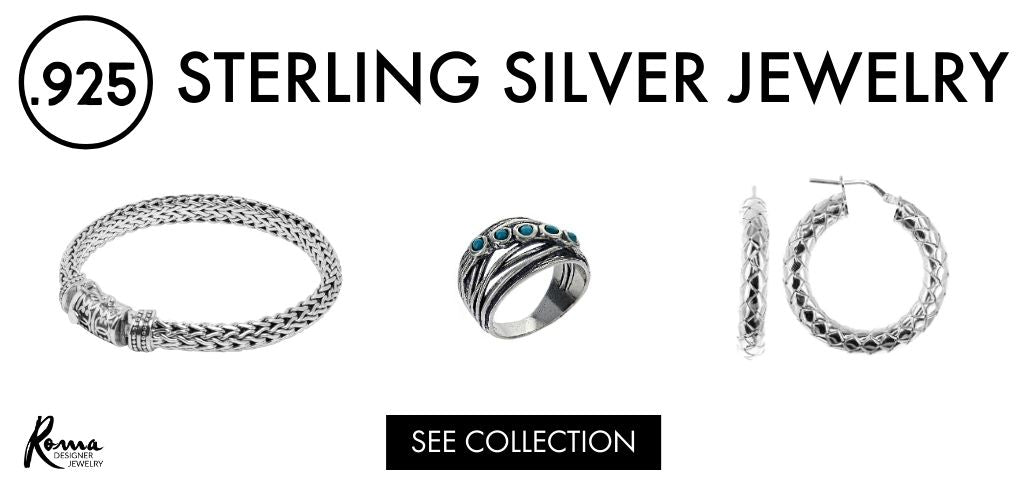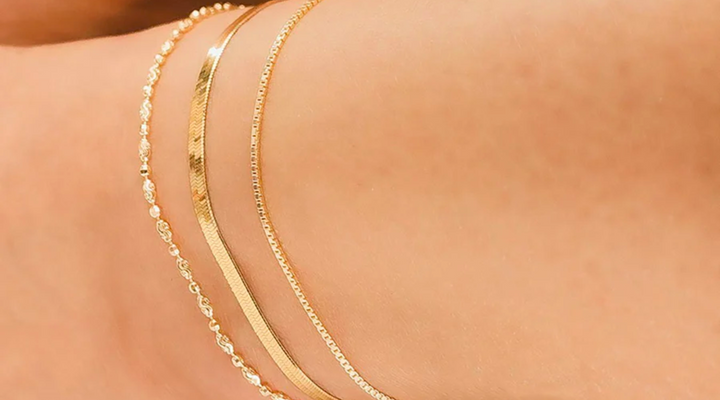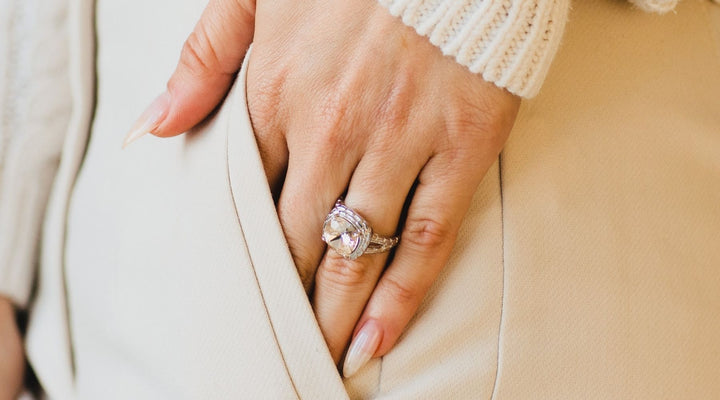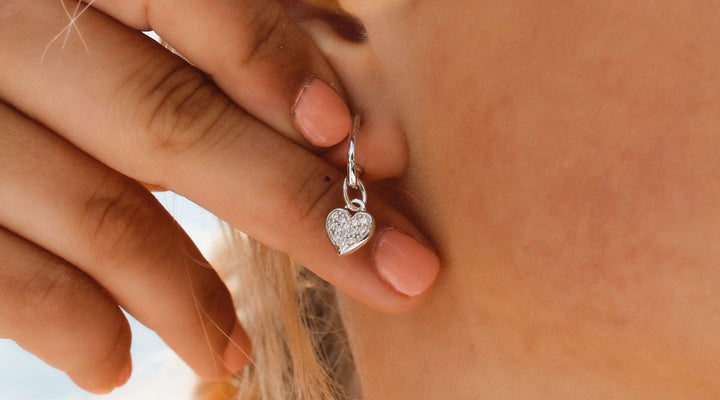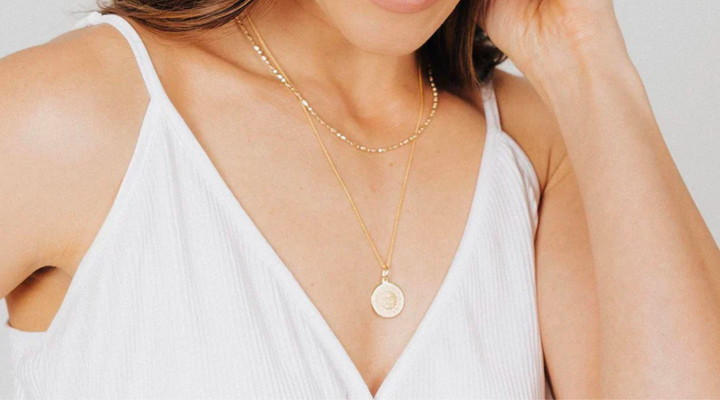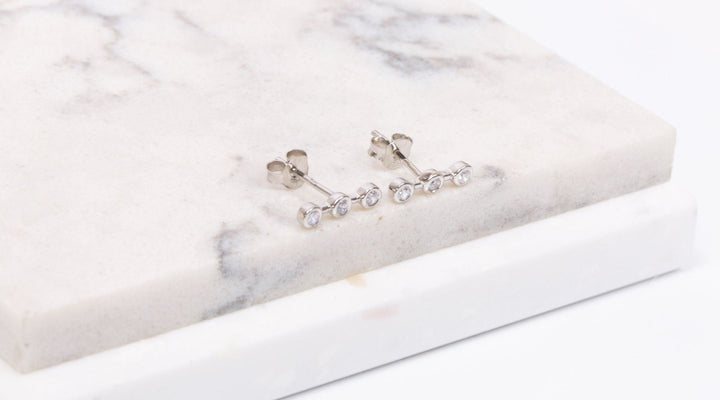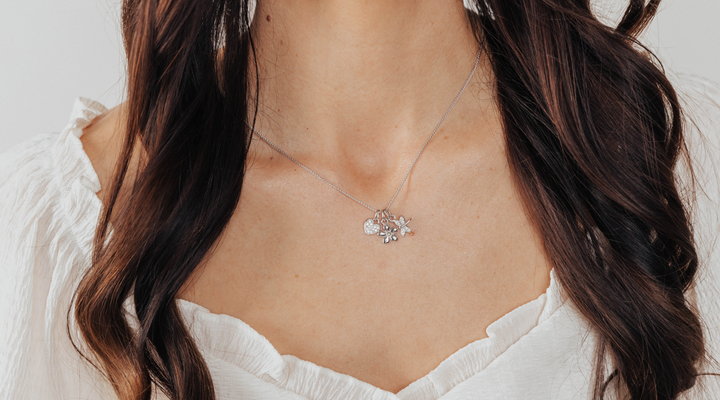What's the Difference Between Sterling Silver and Regular Silver?
Posted by Deven Davis on
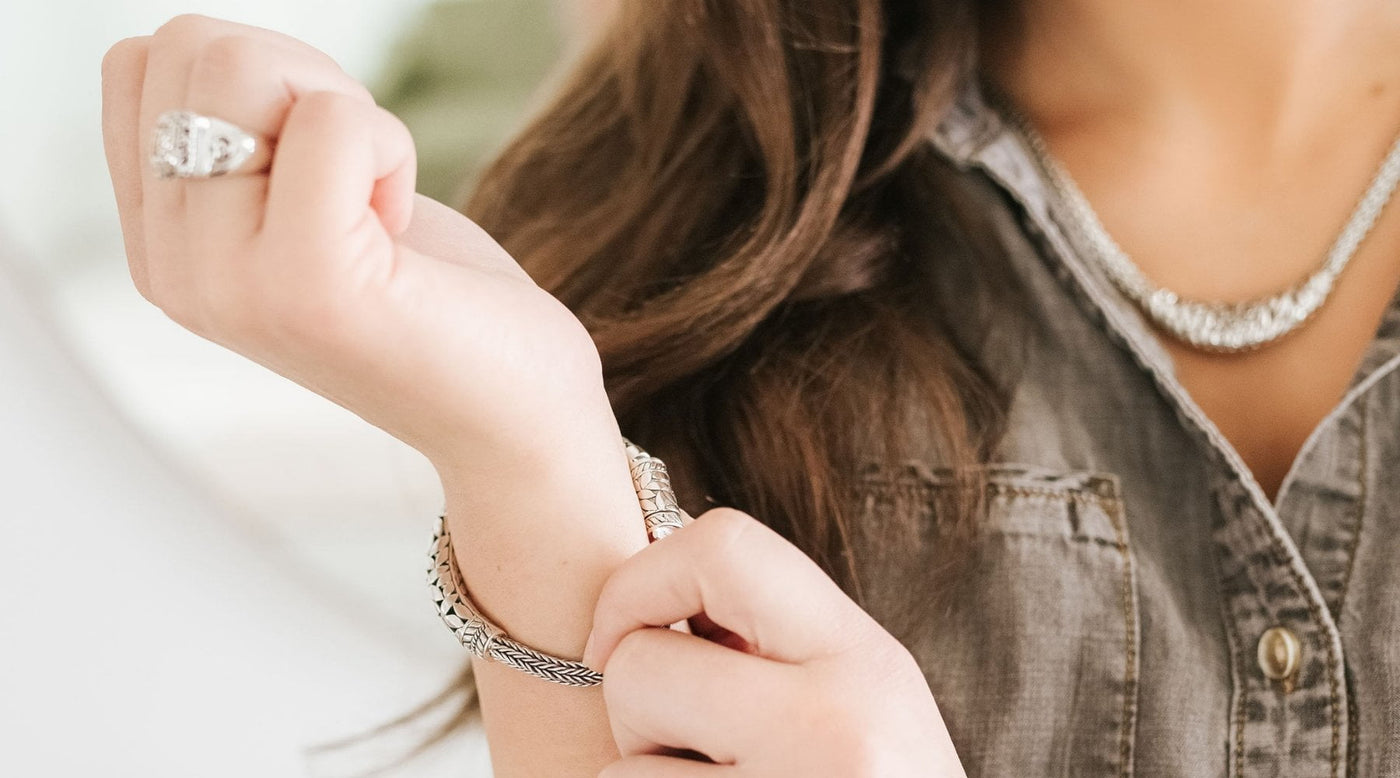
Sterling Silver vs Silver: What's the Difference?
When buying silver jewelry, your options are usually sterling sterling or pure silver. But what is the difference between the two? Click here to learn.
Keyword(s): sterling silver vs silver
Did you think that sterling silver and regular silver were the same thing? They're actually two distinct materials with different make-ups, care techniques, lifespans, and prices.
But what exactly are these differences? Is there one that's better in the sterling silver vs silver debate? Which should you go for the next time you want to buy a "silver" item?
We're going to answer all of these questions and more in this sterling silver vs silver guide. Keep reading to learn more.
Sterling Silver vs Silver: What's the Difference?
Silver items have long been known as symbols of wealth and prosperity. This is true whether you own sterling silver or pure silver, since most times you can't tell the status of the silver at a quick glance.
But let's look into how these two materials do differ, shall we?
Pure Silver
Silver is one of the elements on the periodic table with the symbol Ag.
Chemical Makeup
Any item described as pure silver, or also as fine silver, are as purely silver as you can get: it's made of 99.9% pure elemental silver.
It will contain very few trace elements (only 0.01%), but it's essentially pure silver (hence the name).
Uses for Silver
Pure silver is quite soft and difficult to shape properly, which makes it hard to use to make items that require daily use or specific shapes. Because of this, pure silver is not generally used to make fine and delicate jewelry items.
This softness also means that fine silver items aren't as durable. They can be easily bent, made misshapen, or damaged, which is why fine silver is mostly reserved to make fine jewelry.
Tarnish
Silver can also tarnish. This means that the gasses in the air react with silver, which causes discoloring, fading, and what looks like a "dirty" layer on the top of silver products.
Stamp
Fine silver is also usually stamped with a marker to indicate that it is indeed fine silver. This stamp is usually "999" or ".999" or "99.9" to indicate that it is 99.9% silver, as fine silver must be to be considered fine silver.
Sterling Silver
If pure silver, aka fine silver, is as pure as you can get, it makes sense that "sterling silver" isn't quite as pure, although it's close.
Chemical Makeup
Sterling silver is what's known as a metal alloy. This means that sterling silver is a combination of metals instead of just one single metal (like with pure silver, for example).
Sterling silver is 92.5% silver and 7.5% alloy. This 7.5% is usually made of copper or zinc.
Uses for Sterling Silver
The addition of these other metals makes sterling silver significantly stronger and more durable. This allows it to be used to make a number of other things including:
- Jewelry
- Silverware
- Plates
- Platters
- Coffee Sets
- Silver-plated items
Notice that last use of silver-plated items listed above. Whenever you see something advertised as "silver-plated" it most often means that the piece itself is made of another metal, and there's simply a thin layer of sterling silver "plated" on top of the item.
Also, notice that the list of uses for sterling silver is a lot longer than the one for fine silver. That's because the added durability that sterling silver has means it won't be damaged or dented by everyday use and wear and tear like fine silver is.
Tarnishing
Sterling silver is more easily tarnished than pure silver. Silver by itself can become tarnished from being exposed to the air as we already went over. With sterling silver, however, it's easier to tarnish because of the alloy metals within sterling silver.
Copper, nickel, and zinc are easily tarnished. When you combine those with another metal that can tarnish, like silver, the tarnishing process is faster and happens more easily.
Stamp
Sterling silver is also stamped to indicate that it is true sterling silver. These stamps are usually "925" or "92.5" or ".925" to indicate the purity of the silver within it. However, you can also sometimes see "ss" as a sterling silver stamp as well.
Why Use Sterling Silver Instead of Pure Silver?
There are a few benefits to sterling silver that might push you to purchase sterling silver items over fine silver.
The first most obvious would be the cost. Fine silver has a higher purity percentage of silver, which will make it more expensive compared to the less pure sterling silver. However, sterling silver still looks just as good as fine silver, which means you can get affordable, timeless pieces for a lower price.
There's also the durability factor. Sterling silver is much more durable compared to fine silver because of the added metal alloys. This can help your piece last and stay looking the best it possibly can for longer.
Sterling silver is easier to shape than the soft and malleable fine silver, so you'll be able to find more options made of sterling silver vs silver.
How to Care for Your Pure Silver and Sterling Silver Items
You can make both pure silver and sterling silver items last a lot longer by taking a few simple precautions.
For pure silver, you need to be extra careful with it. Since it isn't very durable and it's soft, you need to make sure not to overuse fine silver items or use them too roughly.
For both pure and sterling silver, store it in a dark place away from air and water exposure. You can also clean your silver items with anti-tarnish liquids and a soft cloth.
FREQUENTLY ASKED QUESTIONS
Q: What is Sterling Silver?
A: Sterling silver is an alloy of silver containing 92.5% pure silver and 7.5% of other metals, usually copper. Silver jewelry marked with a 925 is sterling silver jewelry that has been certified to contain 92.5% silver content. Sterling silver is harder than silver and is more suitable for jewelry making. The silver alloy is favored by jewelers for workability and durability.
Q: Is sterling silver jewelry good quality?
A: Sterling silver jewelry is a high-quality choice consisting of 92.5% silver content - which makes it popular amongst jewelry collectors and designers alike. Sterling silver jewelry sets purchased from a reputable jeweler or jewelry brand is durable, timeless metal, and when cared for properly, can last a lifetime.
Q: Is sterling silver jewelry regulated in the United States?
A: The silver content of 92.5% used in sterling silver jewelry is regulated by U.S. code and must be marked by a 925 stamp. Usually, this stamp can be found on a sterling piece in a place that is not visible when wearing, so look under clasps, inside rings, or inconspicuous edges. Do not assume that jewelry sold as "silver" is sterling silver as often the term will be used to describe flash-plated silver over cheap brass.
Q: Can sterling silver be worn every day?
A: Absolutely! Sterling silver jewelry is actually best worn every day as the frequent use will prevent the buildup of tarnish and dust on the metal. Precious metals like silver and gold do best when worn regularly, so feel free to add sterling silver to your jewelry collection with the confidence that it is durable and when properly cared for, will look great today, tomorrow, and 10 years from now!
Q: Is real silver a better choice than sterling silver for my jewelry collection?
A: First of all, let's address the fact that sterling silver is 92.5% "real silver" and is a silver alloy mixed with 7.5% other metals (usually copper). The use of pure precious metals in jewelry making is actually very rare as the metals are too soft when not combined with others to form an alloy. So sterling silver jewelry is actually a much better choice for jewelry making and building a jewelry collection.
Q: Why is sterling silver so expensive?
A: The precious metal content (92.5%) in sterling silver makes it more expensive than flash-plated jewelry by default. People who buy sterling silver do so because of the value of the metal in it and its inherent beauty and relative affordability. While more expensive metals like gold and platinum provide durability and are a good investment as well, sterling silver is the most affordable choice for heirloom quality jewelry that can be passed from one generation to the next. As time passes, sterling silver continues to hold and increase in value making it a great metal choice for building a jewelry collection.
Final Thoughts
Both sterling silver and pure silver have their pros and cons. Deciding which is right for you in the sterling silver vs silver debate will depend on the item you want to purchase, your price range, and your personal preference.
If you're looking to add a timeless piece to your jewelry collection, check out this article that details certain pieces that you must have. You can also check out our selection of 925 sterling silver chains.









